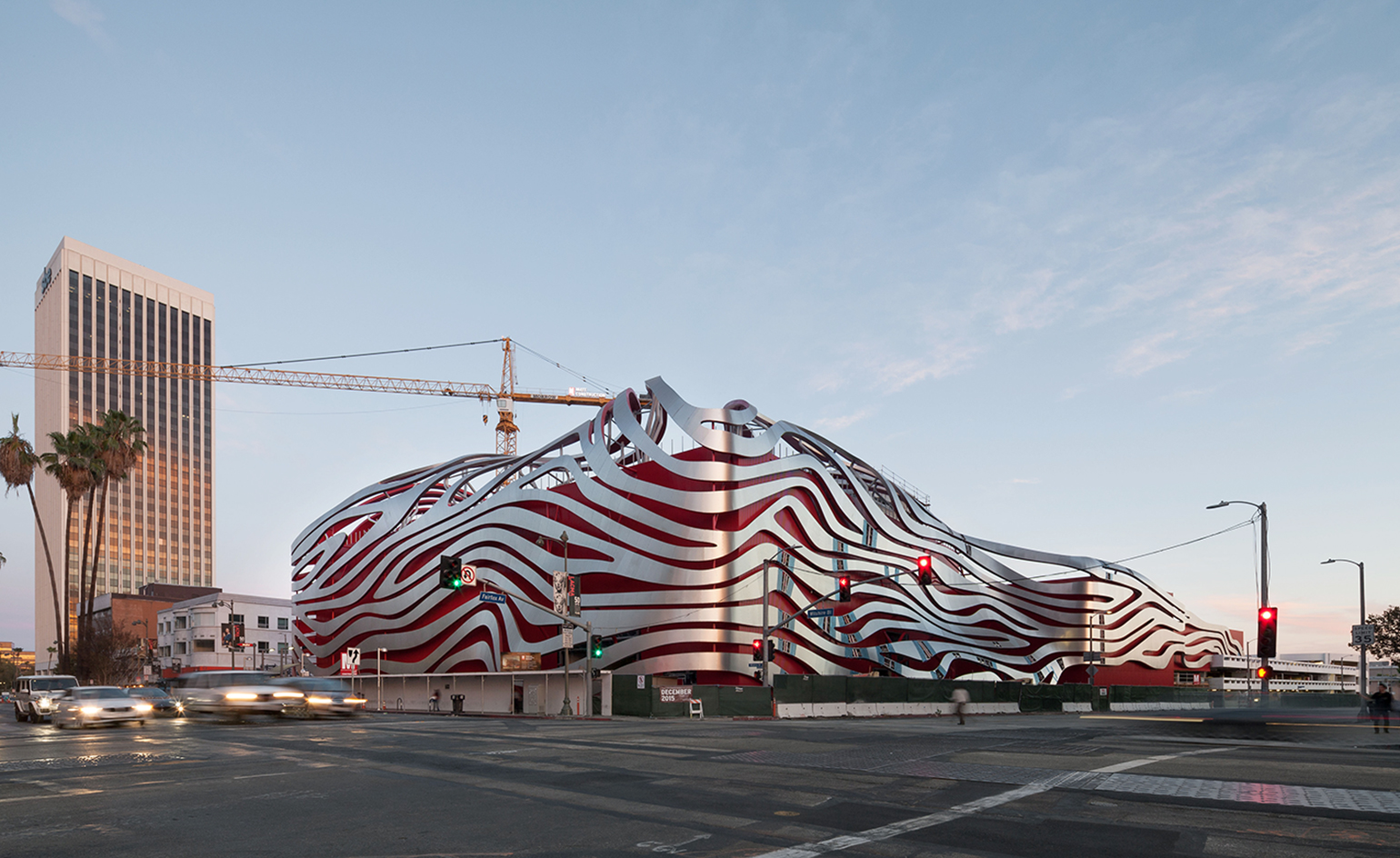
The newly re-vamped Petersen Automotive Museum along Wilshire Boulevard in the Miracle Mile neighborhood of Los Angeles, has residents and critics divided, but one thing is certain: It is a welcome addition to 'Museum Row,' which has sat at a standstill for several years.
The Academy of Motion Pictures — scheduled to open across the street in the old May Department Store building — has been progressing at a glacial pace. The Petersen — until recently — was closed for renovations. The Los Angeles County Museum of Art (or LACMA), meanwhile, has been in a state of flux about its future; with one urban planning strategy under consideration calling for the complete demolition of most of the museum’s main campus, originally built 50 years ago by architect William Pereira. So the $90 million, Kohn Pederson Fox-designed overhaul of the Petersen Automotive Museum was a welcome injection of dramatic design and style.
The building resembles a shape shifting, if not lop-sided, contemporary American football stadium—or perhaps a structure out the Hunger Games—basking in post-modern, gladiatorial glory. The building’s core, painted Hot Rod red, is wrapped in swirling metallic ribbons meant to evoke Robert E. Petersen’s automotive magazine publishing past, and California’s love affair with 'car culture' more generally.
Unlike many brand-specific automotive museums in Europe (Enzo Ferrari, Porsche, BMW), the Petersen’s goal is to implement a broad stroke approach, one that will encapsulate every era of our relatively young car culture, with exhibits, some interactive, produced in conjunction with Disney and Microsoft, as well as private collections of automobiles from the around the world. 'Because of the diverse collection we could not be inspired by a specific brand of car,' says KPF’s Trent Tesch, one of the principle architects on the project. 'Instead, we looked to themes; speed, motion, elegance, freedom, passion. We also took inspiration in car contour and the ways in which cars have been lovingly crafted; in fact, the shaping of the lines that make up the facade are abstracted car contours.'
Until recently, to most LA residents, the corner of Fairfax and Wilshire was emblematic of a pop culture nugget from the 90s more than its museum-heavy attractions: the intersection was the site of The Notorious B.I.G.’s, aka Biggie Smalls, murder in a still unsolved drive-by shooting (Smalls was, incidentally, leaving the Petersen Automotive Museum at the time).
The hope, of course, is that the Petersen will help turn the architectural page for Wilshire Boulevard, and lead the way in the renewal of Museum Row. Whether the Petersen becomes as iconic as the Frank Gehry-designed Disney Concert Hall or the more recent Broad Museum (both in downtown LA) remains to be seen.
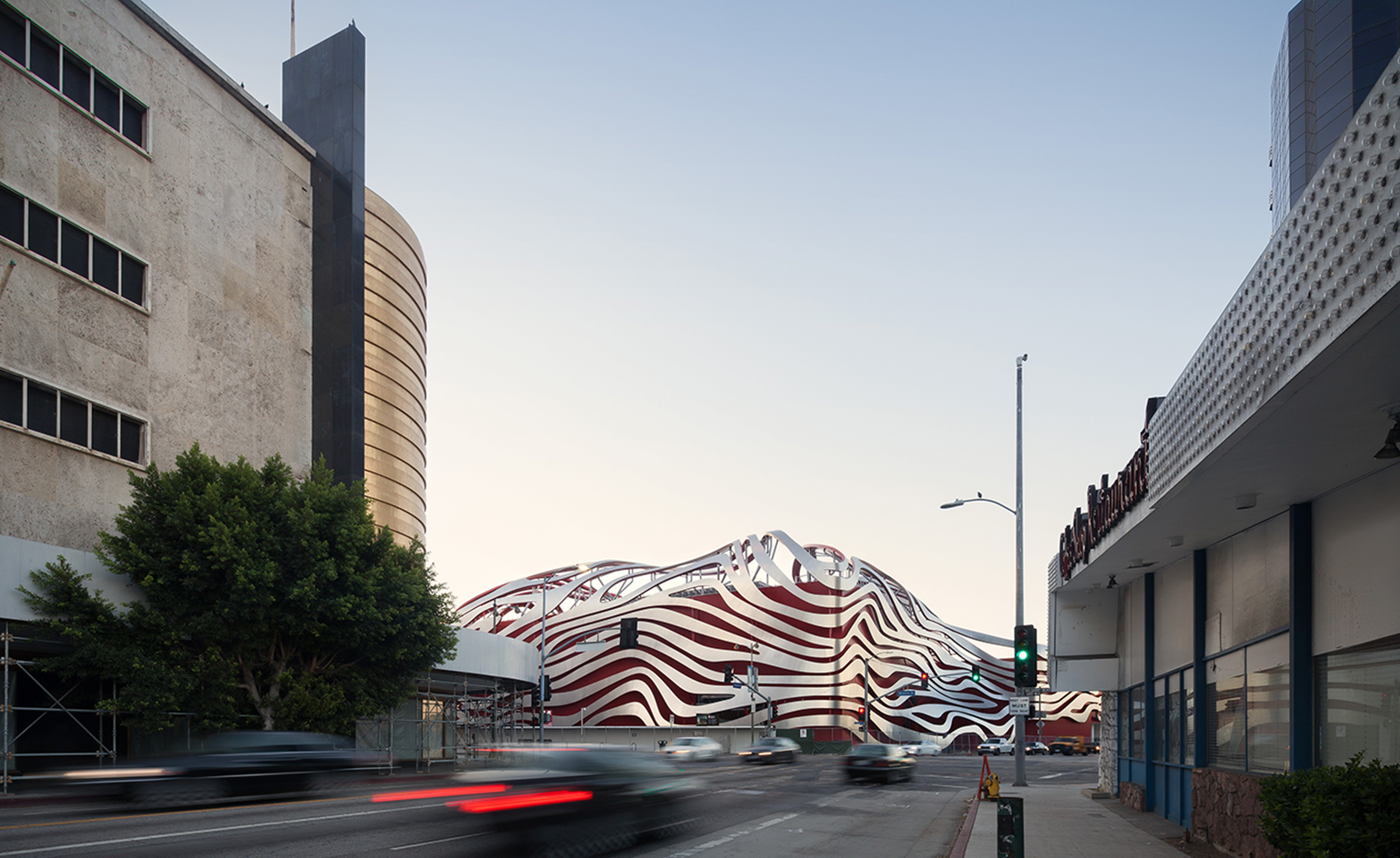
The architects drew inspiration from the form of a car to create the new building's streamlined and shimmering skin

The structure is wrapped in a striking corrugated aluminium rain screen with red painted strips and stainless steel 'ribbons
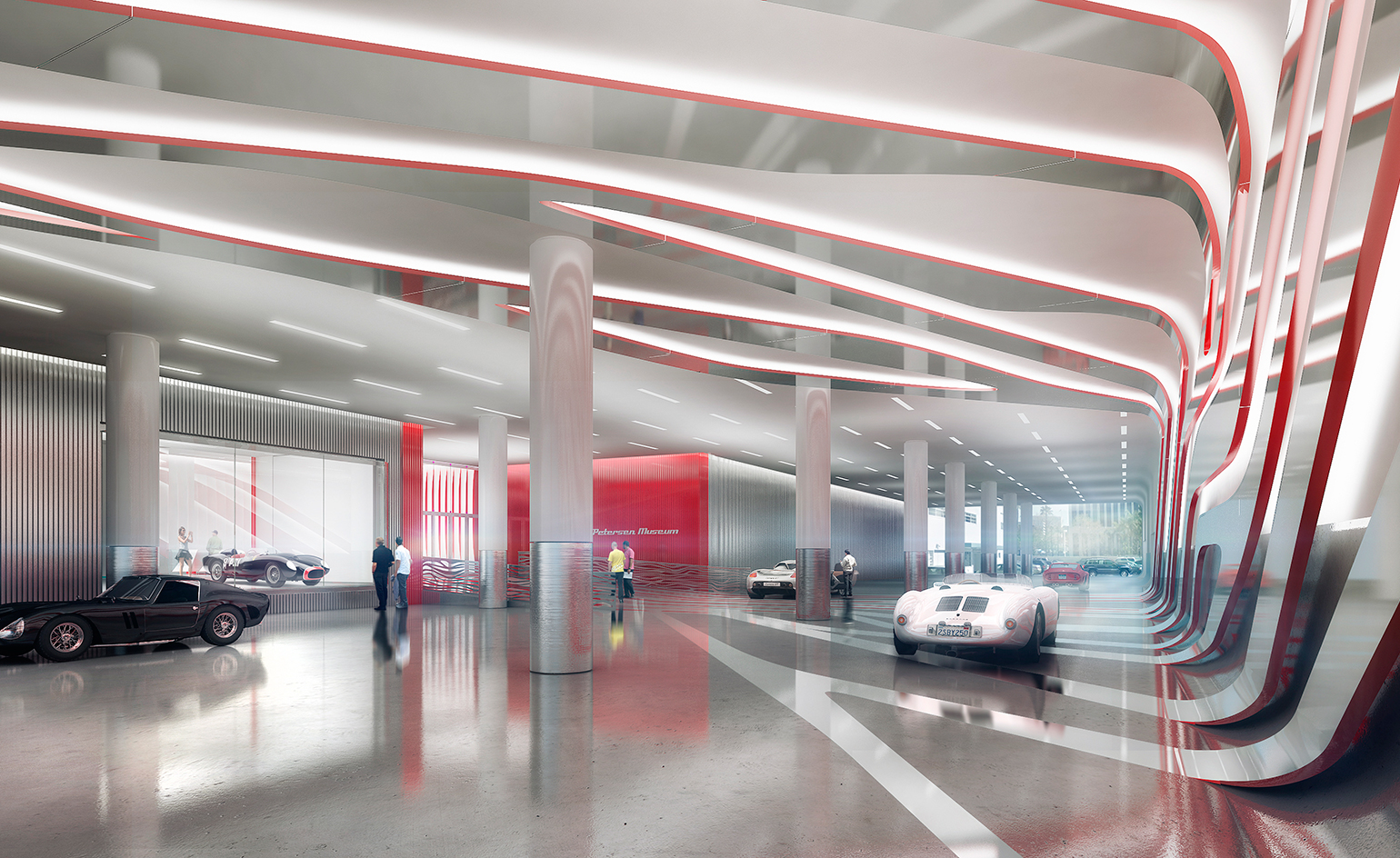
The external skin sits on an existing structural system, 'like the body of a car mounted to its frame', explain the architects
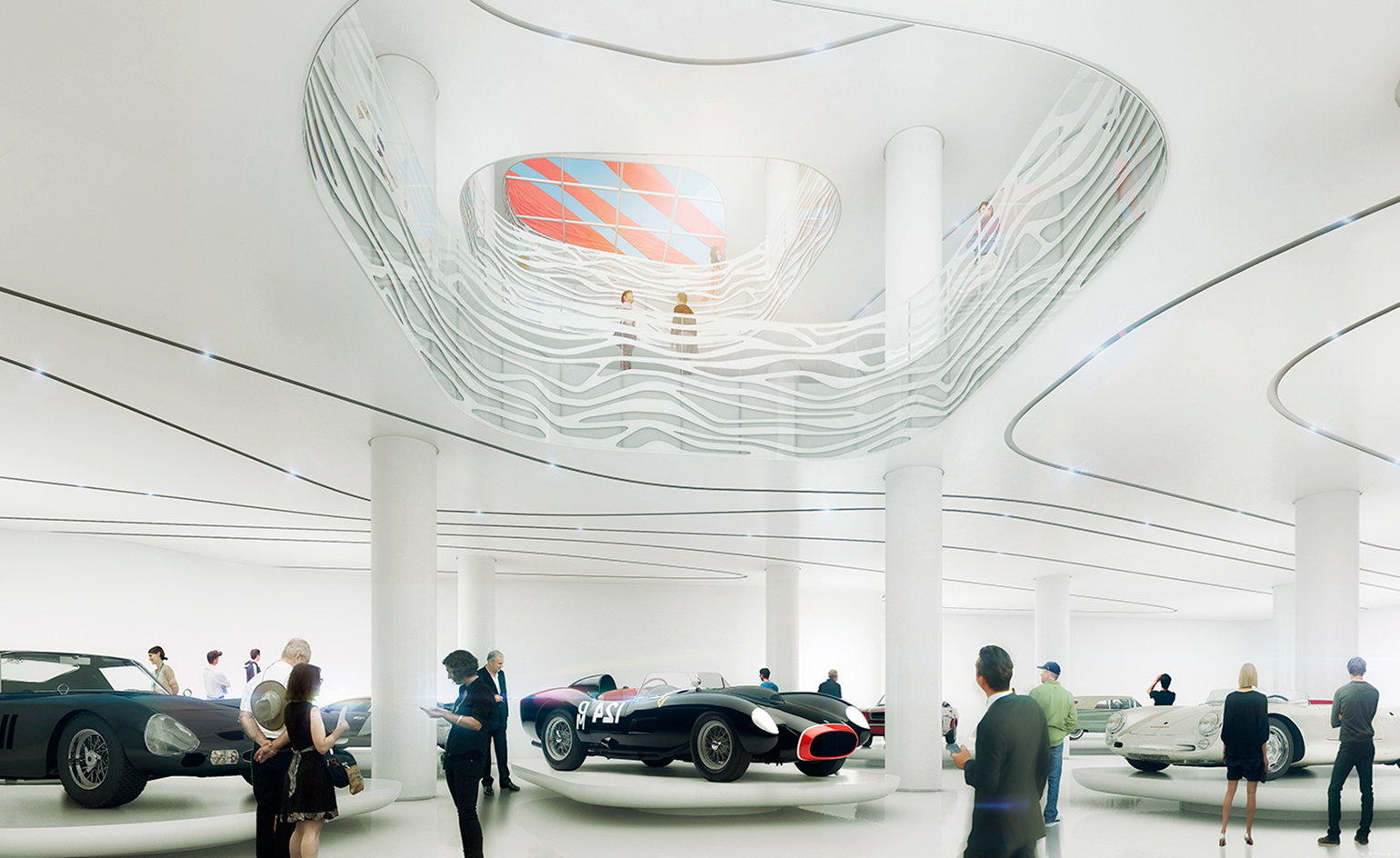
The museum is dedicated to the art, experience, culture and heritage of the automobile
INFORMATION
For more information on KPF visit the website
Photography: Chang Kim for KPF. Renderings: courtesy of Petersen Automotive Museum
Receive our daily digest of inspiration, escapism and design stories from around the world direct to your inbox.
-
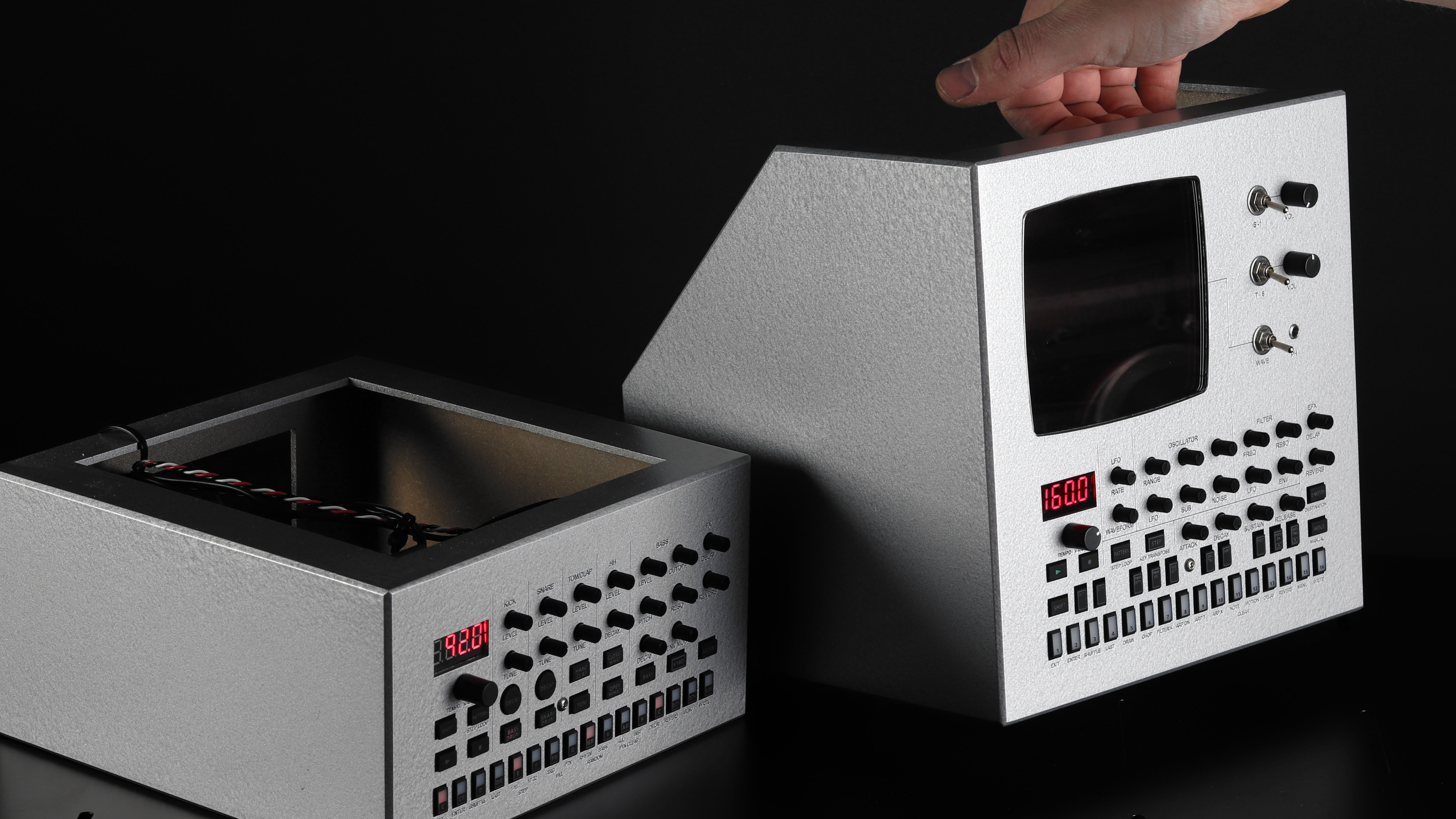 Year in Review: we’re always after innovations that interest us – here are ten of 2025’s best
Year in Review: we’re always after innovations that interest us – here are ten of 2025’s bestWe present ten pieces of tech that broke the mould in some way, from fresh takes on guitar design, new uses for old equipment and the world’s most retro smartwatch
-
 Art and culture editor Hannah Silver's top ten interviews of 2025
Art and culture editor Hannah Silver's top ten interviews of 2025Glitching, coding and painting: 2025 has been a bumper year for art and culture. Here, Art and culture editor Hannah Silver selects her favourite moments
-
 In Norway, remoteness becomes the new luxury
In Norway, remoteness becomes the new luxuryAcross islands and fjords, a new wave of design-led hideaways is elevating remoteness into a refined, elemental form of luxury
-
 Step inside this resilient, river-facing cabin for a life with ‘less stuff’
Step inside this resilient, river-facing cabin for a life with ‘less stuff’A tough little cabin designed by architects Wittman Estes, with a big view of the Pacific Northwest's Wenatchee River, is the perfect cosy retreat
-
 Remembering Robert A.M. Stern, an architect who discovered possibility in the past
Remembering Robert A.M. Stern, an architect who discovered possibility in the pastIt's easy to dismiss the late architect as a traditionalist. But Stern was, in fact, a design rebel whose buildings were as distinctly grand and buttoned-up as his chalk-striped suits
-
 Own an early John Lautner, perched in LA’s Echo Park hills
Own an early John Lautner, perched in LA’s Echo Park hillsThe restored and updated Jules Salkin Residence by John Lautner is a unique piece of Californian design heritage, an early private house by the Frank Lloyd Wright acolyte that points to his future iconic status
-
 The Architecture Edit: Wallpaper’s houses of the month
The Architecture Edit: Wallpaper’s houses of the monthFrom wineries-turned-music studios to fire-resistant holiday homes, these are the properties that have most impressed the Wallpaper* editors this month
-
 The Stahl House – an icon of mid-century modernism – is for sale in Los Angeles
The Stahl House – an icon of mid-century modernism – is for sale in Los AngelesAfter 65 years in the hands of the same family, the home, also known as Case Study House #22, has been listed for $25 million
-
 Houston's Ismaili Centre is the most dazzling new building in America. Here's a look inside
Houston's Ismaili Centre is the most dazzling new building in America. Here's a look insideLondon-based architect Farshid Moussavi designed a new building open to all – and in the process, has created a gleaming new monument
-
 Frank Lloyd Wright’s Fountainhead will be opened to the public for the first time
Frank Lloyd Wright’s Fountainhead will be opened to the public for the first timeThe home, a defining example of the architect’s vision for American design, has been acquired by the Mississippi Museum of Art, which will open it to the public, giving visitors the chance to experience Frank Lloyd Wright’s genius firsthand
-
 Clad in terracotta, these new Williamsburg homes blend loft living and an organic feel
Clad in terracotta, these new Williamsburg homes blend loft living and an organic feelThe Williamsburg homes inside 103 Grand Street, designed by Brooklyn-based architects Of Possible, bring together elegant interiors and dramatic outdoor space in a slick, stacked volume